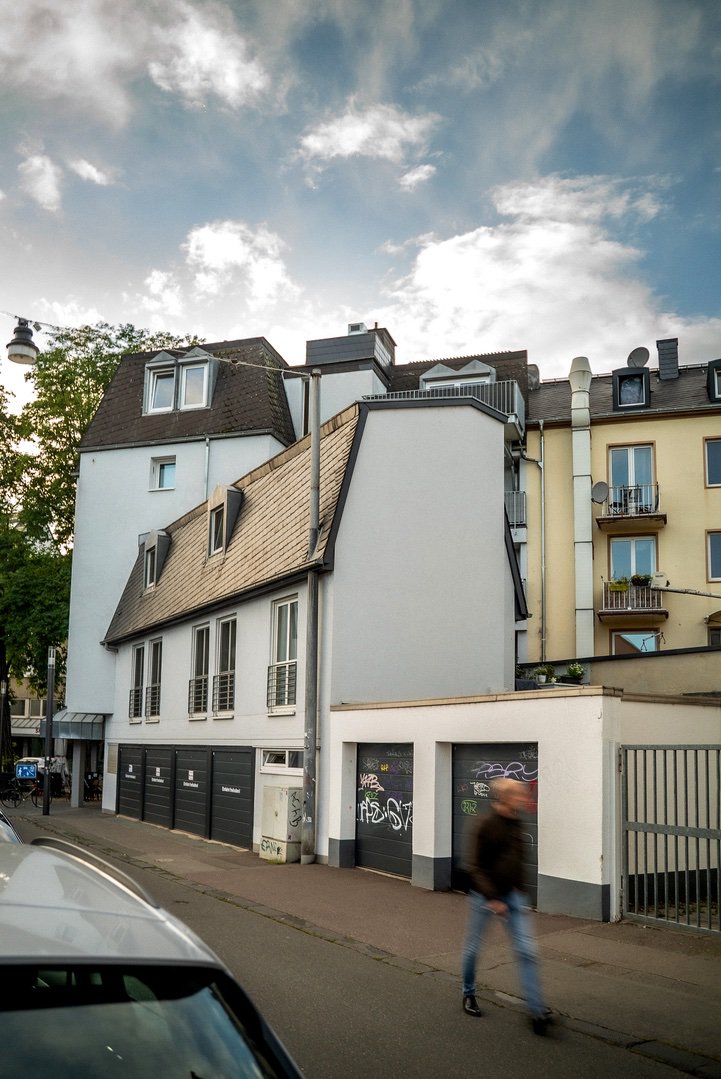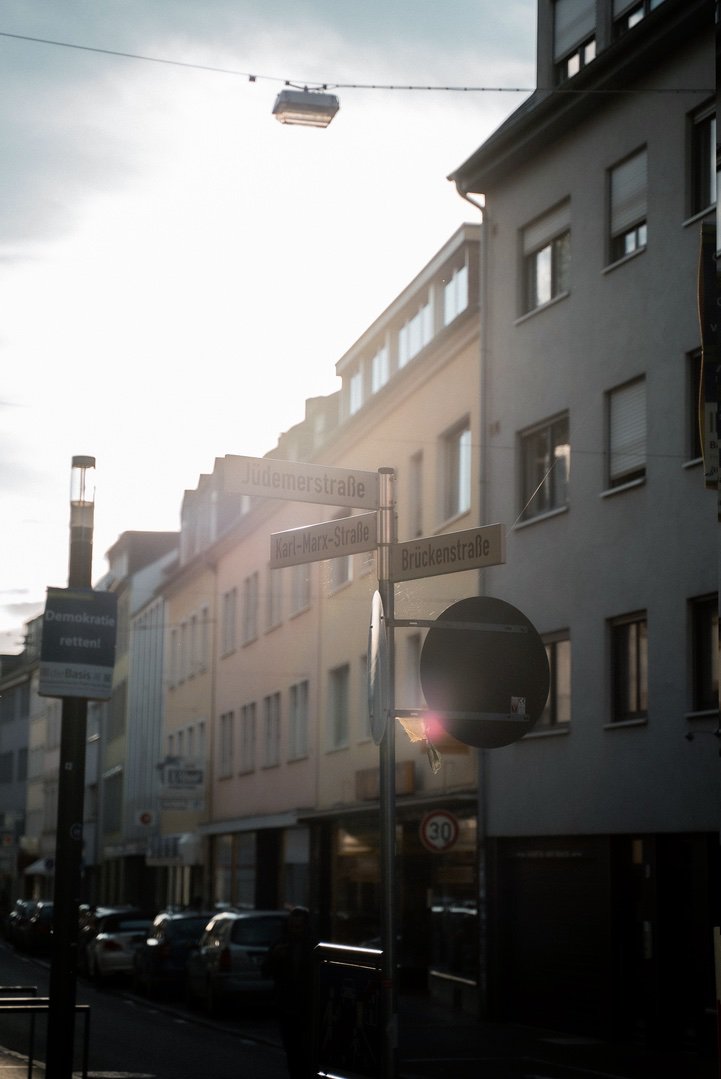Jüdemerstraße
The name Jüdemerstraße is derived from the "Judenmauer" (Jewish Wall), which enclosed the Jewish cemetery, which has been documented since the 12th century. In a list of income of the Trier cathedral chapter it is recorded that the Jewish community had to pay the cathedral chapter six denarii from their cemetery ("de cemiterio eorum") annually on the feast of St. Stephen (26 December). The date on which this interest was to be paid was very subtly chosen because it was the feast day of the protomartyr of the Acts of the Apostles, i.e. the first martyr who, according to tradition, was stoned to death by Jews.
The location of the cemetery within the walled medieval city is unusual. However, the city wall was built in the 12th and 13th centuries, comparatively late. In other places, the Jewish cemetery was always outside the city walls. This was also originally the case in Trier, because this cemetery was probably established in the 11th century, when there were still no city walls. The cemetery area was originally in the area of today's St. Anthony's parish church and was extended towards the east, i.e. today's cattle market, in the course of the 14th century. The background for this may have been the fact that in 1306 the Jews were expelled from the Kingdom of France and many of them settled in Trier, as evidenced not least by Romanesque names among the proven Jews of the 14th century. During archaeological excavations on the Viehmarkt area in the 1980s, seven skeletons were unearthed that faced east or southeast, i.e. with a view towards Jerusalem. Of these seven burials, four had severe injuries to the skull. This is possibly an indication of persecution of the Jews. According to the surviving gravestones, the cemetery served as such until the second half of the 14th century, i.e. beyond the plague persecutions of 1349, because there is a gravestone that can be dated to 1373. A little later, however, the cemetery was probably abandoned. We know of a new chapel mentioned since the 1380s, a predecessor of the later St. Anthony's Church, which was apparently built in the area of the former Jewish cemetery, which was then no longer used.
Author: Prof. Dr. Lukas Clemens
Editorial staff: Prof. Dr. Frank G. Hirschmann

